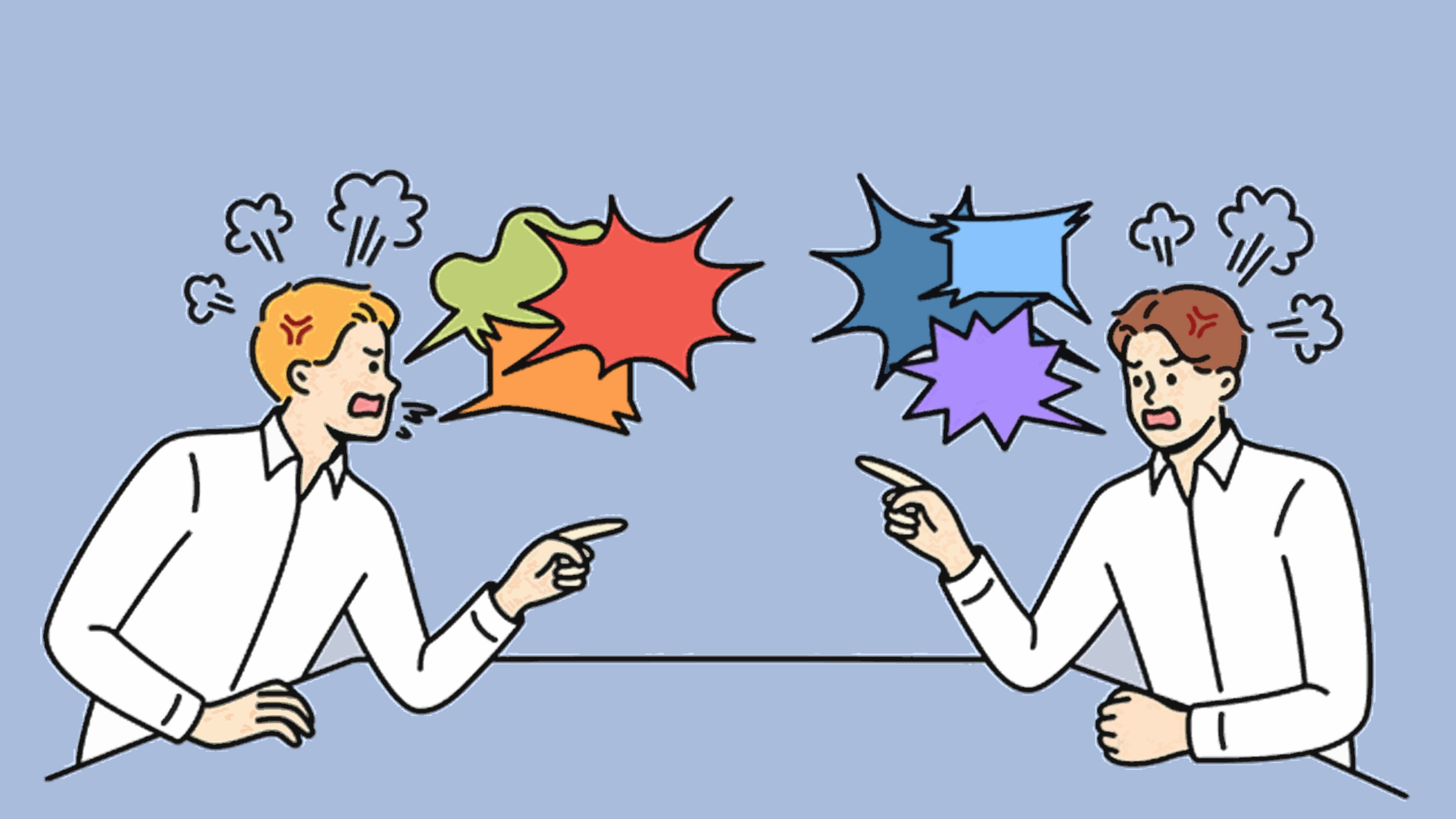Constructing Rebuttals: The Art of Respectful Disagreement

A strong rebuttal isn’t about being louder, it’s about being smarter.
The Dive
Every debate begins with two sides, but the real magic happens when they respond to each other. That’s where rebuttals come in. A rebuttal is a direct response to an opponent’s argument. It’s your chance to show why their point doesn’t hold up, using reasoning and evidence instead of emotion or interruption. Good debaters don’t just speak, they listen carefully and then respond with clarity and confidence.
Think of a rebuttal as a friendly game of logic tennis. Your opponent serves an argument, and your job is to return it, not by swinging wildly, but by aiming precisely. You do that by following three simple steps: first, restate the opponent’s argument clearly so everyone knows what you’re addressing; second, explain why it’s weak or flawed, pointing out errors in logic or missing evidence; and third, present your own reasoning or evidence to prove your side stronger.
For example, if someone argues that 'all students should be required to play an instrument,' you might respond: 'The opposition believes every student must play an instrument to build discipline. However, this ignores that discipline can be learned in many ways, through sports, art, or volunteering. Requiring one path limits creativity and choice.' Notice how this rebuttal stays focused on the argument, not the person.
Effective rebuttals also depend on listening. You can’t challenge what you don’t understand. Skilled debaters take notes while the opposing side speaks, capturing key phrases and evidence to respond to later. They listen for exaggerations, false assumptions, or emotional appeals that lack support, then calmly expose those weaknesses with facts or logic.
Tone matters just as much as timing. A calm, confident voice is far more powerful than sarcasm or anger. Debaters should stand tall, make eye contact, and speak respectfully. This not only keeps the discussion civil but also earns credibility. Audiences and judges are more persuaded by poise than by volume.
Rebuttals are also about emotional intelligence. They teach you to disagree without disrespect, to separate people from their ideas. Instead of saying, 'You’re wrong,' say, 'I see your point, but here’s another way to look at it.' That subtle shift shows maturity and builds bridges, even in disagreement.
As you practice, you’ll notice that rebuttals sharpen your critical thinking. You begin to see patterns in reasoning, like spotting logical fallacies or unsupported claims. You also learn to anticipate counterarguments and prepare for them in advance, which makes your position stronger and your thinking more flexible.
The best rebuttals end with impact. After dismantling a weak point, always connect your answer back to your main argument. This reminds listeners of your central message and keeps your case unified. A strong finish might sound like, 'For these reasons, I believe that creativity, not conformity, motivates true learning.'
Rebuttals aren’t just for debate club. You’ll use them in everyday life, when negotiating with friends, writing essays, or explaining your opinion in class. The goal isn’t to win every argument, but to think deeply, listen well, and communicate ideas that are fair, thoughtful, and strong.
In the end, the art of rebuttal isn’t about fighting, it’s about understanding. When you learn to respond with respect, reasoning, and empathy, you don’t just become a better debater. You become a better communicator, and a better listener, too.
Why It Matters
Knowing how to construct a rebuttal helps you think on your feet, communicate respectfully, and engage in meaningful discussion. In a world full of opinions, the ability to listen carefully and respond thoughtfully is one of the most powerful tools a young thinker can have.
?
Why is it important to restate your opponent’s point before rebutting it?
How can tone or body language affect the way your rebuttal is received?
What’s the difference between disagreeing with an argument and attacking a person?
Can you think of a time when listening carefully helped you form a stronger response?
How might rebuttal skills help you in writing, leadership, or teamwork?
Dig Deeper
Learn three essential techniques to craft strong rebuttals that challenge opposing arguments effectively and respectfully.
Related

Foundations of Debate
Debate isn’t just for politicians or lawyers—it’s something you’ve probably done with friends when deciding what game to play. At its heart, debate is about listening, making strong arguments, and learning how to disagree respectfully.

Deductive vs. Inductive Reasoning: How Our Brains Figure Things Out
Ever feel like a detective trying to figure something out? That’s your brain using logic! Deductive and inductive reasoning help you make smart guesses, solve problems, and convince others with facts.

Spotting Logical Fallacies & Questioning Assumptions
When someone tries to trick your brain with bad logic, can you catch it? Learn how to spot common logical fallacies—and why asking smart questions makes you a better thinker.
Further Reading
Stay curious!
